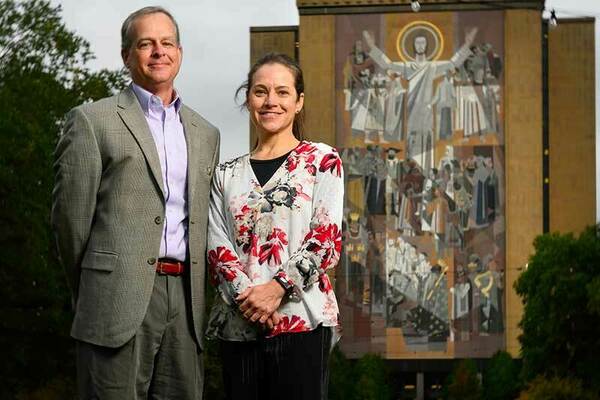
REDI-NET program aims to support disease surveillance for early detection of next pandemic.
Benedicte Fustec uses tweezers to position a bloated tick on its microscope stage for an elaborate photo shoot. Its blood-red color gives away the tick’s favorite meal.
A postdoctoral researcher in the biology lab of Nicole L. Achee and John P. Grieco, Fustec is taking Vogue-quality pictures of known ticks in order to train an experimental artificial intelligence program how to identify the correct tick species. Only a few specialists in the world can make a reliable identification by sight, but the AI program will learn the morphological features (such as mouth size or leg color) that distinguish different tick species by processing up to 100 pictures during each of its three life stages for both male and female specimens.
Read the full story here: https://www.nd.edu/stories/pathogen-trackers/.